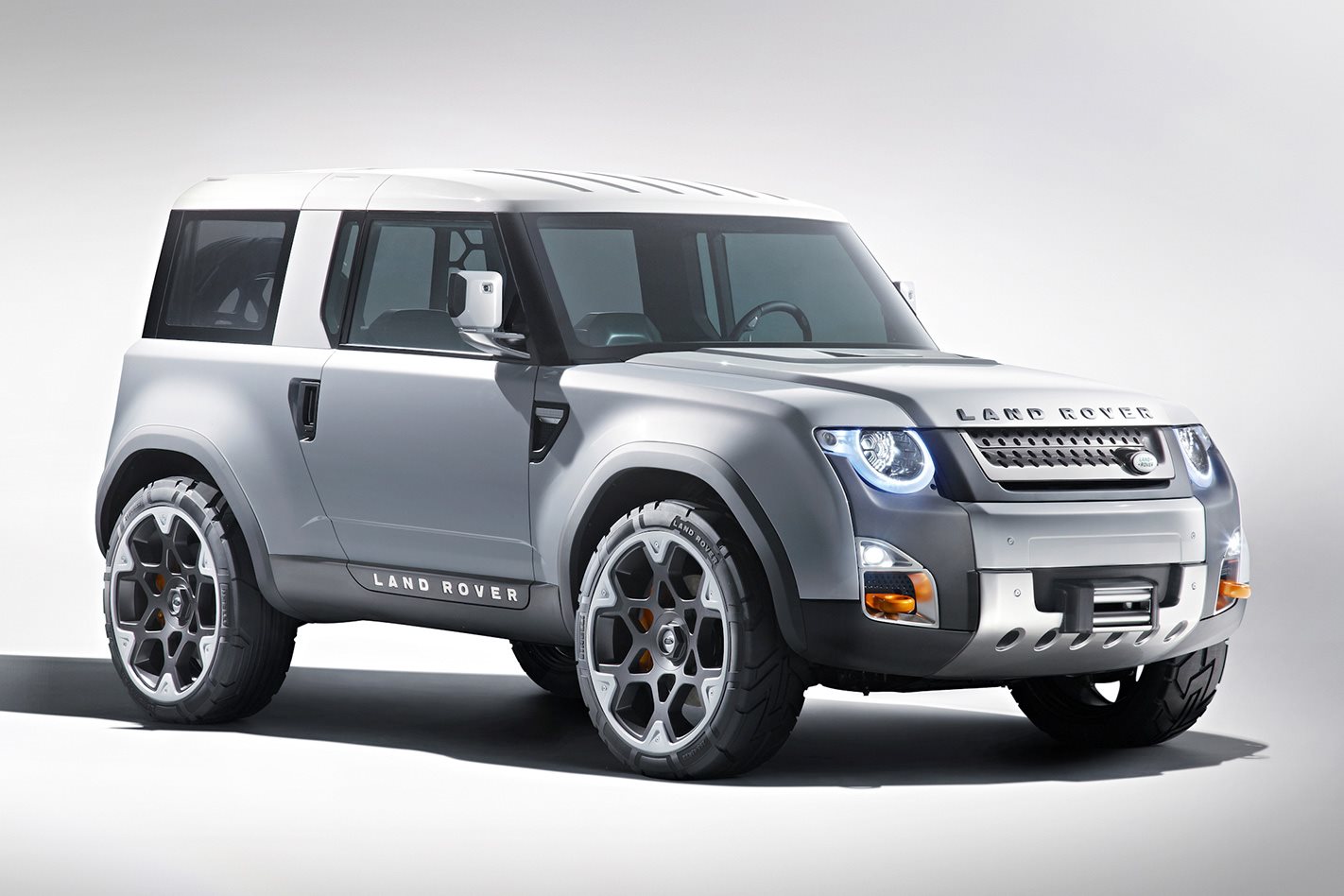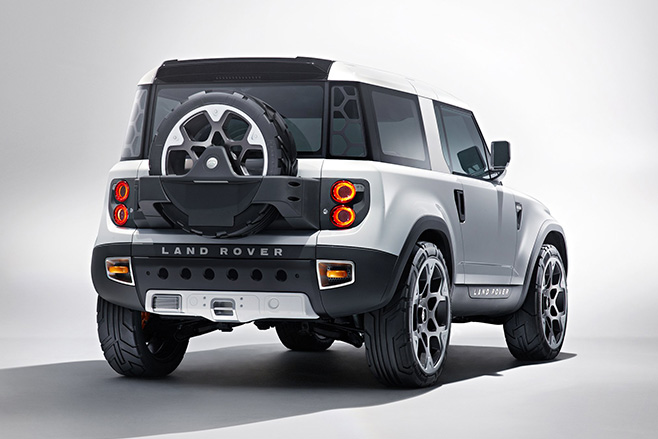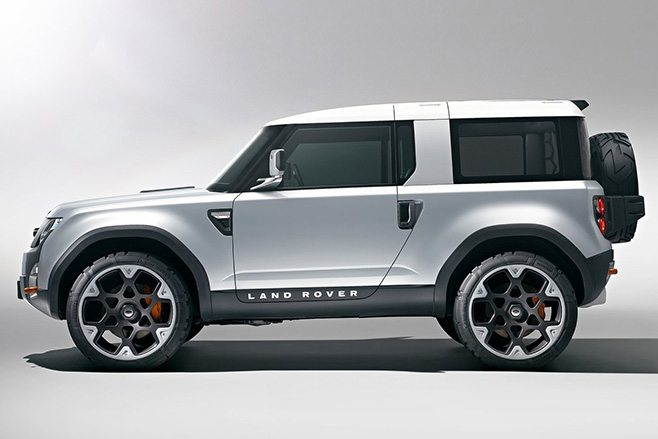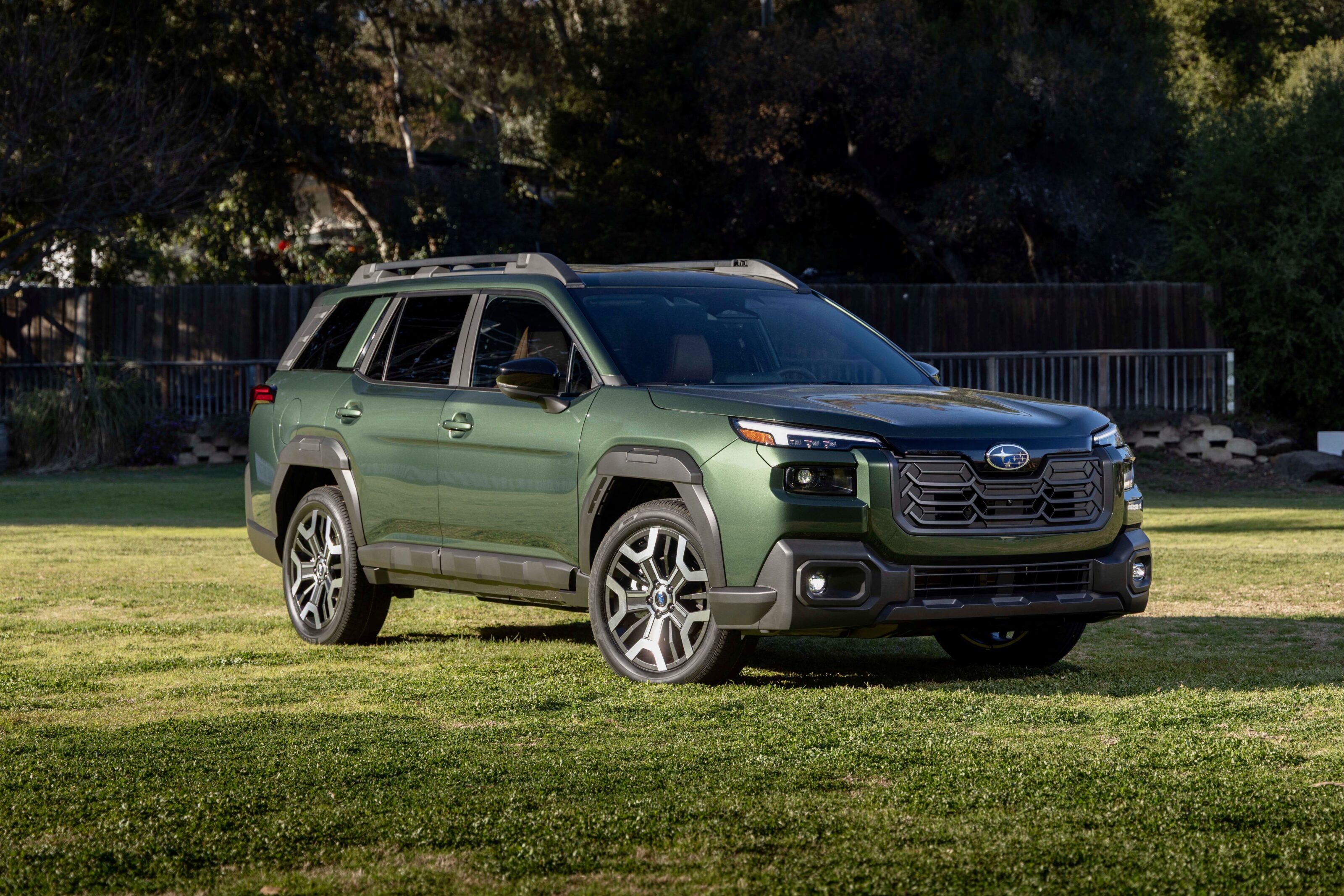
The new Land Rover Defender, due in 2019, is set to be the most technologically-advanced car in the brand’s history and likely to be offered in traditional go-anywhere rugged specification and a ‘softer’ more city-focused version.
An expanded Defender model range could be due to the fact that Land Rover will need to sell a lot more Defenders than it has previously to make the new model more financially viable.
The Defender model name has been typified by a utilitarian, go anywhere nature. The new car won’t be as light-on for mod cons, though its technological upgrades should focus on increasing the Defender’s off-road skill set.

The old, much-loved Defender went out of production in 2015 after 67 years as a rough-terrain icon. During that time Land Rover pioneered off-road technologies like Hill Descent Control and Terrain Response and the new model is believed to have even more electronic chassis control systems currently being tested, including off-road cruise control.
Concept car technology like the innovative ‘see-through’ bonnet could find its way into production as part of the next generation Defender.
First seen on the 2014 Land Rover Discovery Vision concept, ‘Transparent Hood’ virtual imaging technology uses images from cameras to show what is underneath and directly in front of the car, perfect for crawling up steep inclines.
Styling wise, the new Defender is likely to retain the proportions of the original, while losing some of its boxy bush-basher look and gaining smoother edges, which will definitely broaden its appeal to buyers. The DC100 concept (pictured above) hints at the direction Land Rover may take.

The new Defender’s chassis will be based on the aluminium architecture of the Range Rover, Range Rover Sport and Discovery and is likely to be manufactured in Land Rover’s new factory in Slovakia to keep costs down.
Reports indicate it will probably be built in long- and short-wheelbase versions, with shorter overhangs for even greater off-road performance, and will be powered by four-cylinder versions of Jaguar Land Rover’s modular Ingenium engines, driving a separate transfer case with high- and low-ratio gearing and manual and automatic transmissions.
The big news is the new Defender is set to get petrol as well as diesel engines (previous Defenders only came with oil-burners) an indication that Land Rover is concerned about the future of diesel in Europe.
All-independent suspension is expected to be based on the Discovery and Range Rover’s but the Defender will get traditional steel springs instead of the more posh air suspension.



